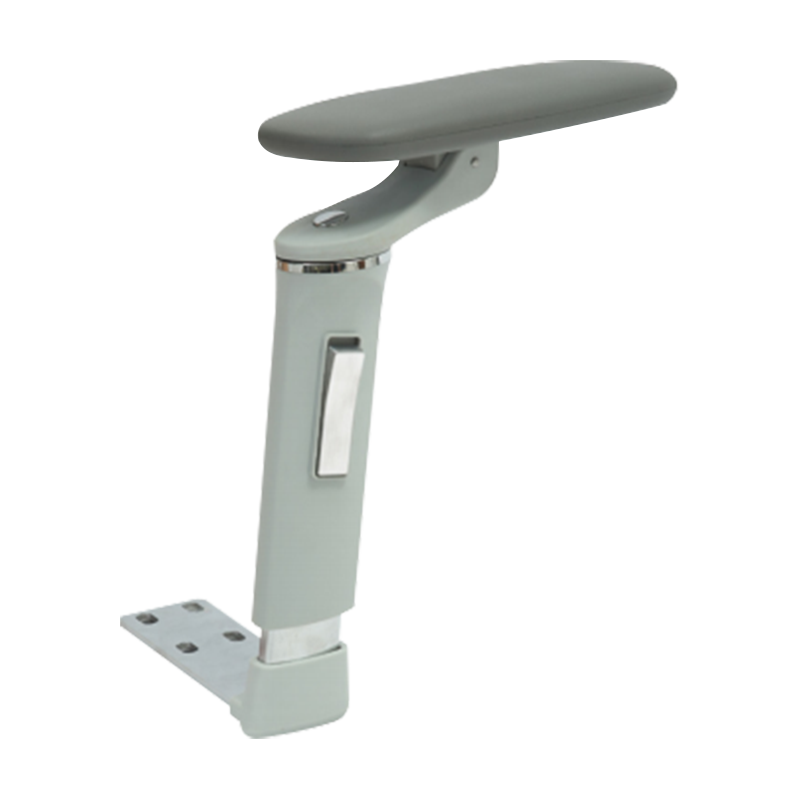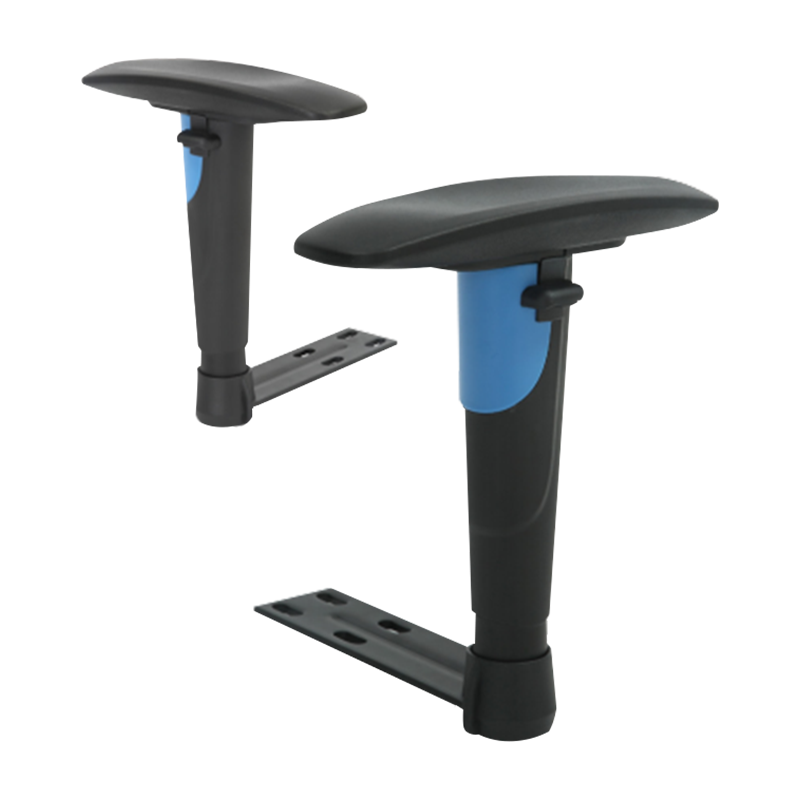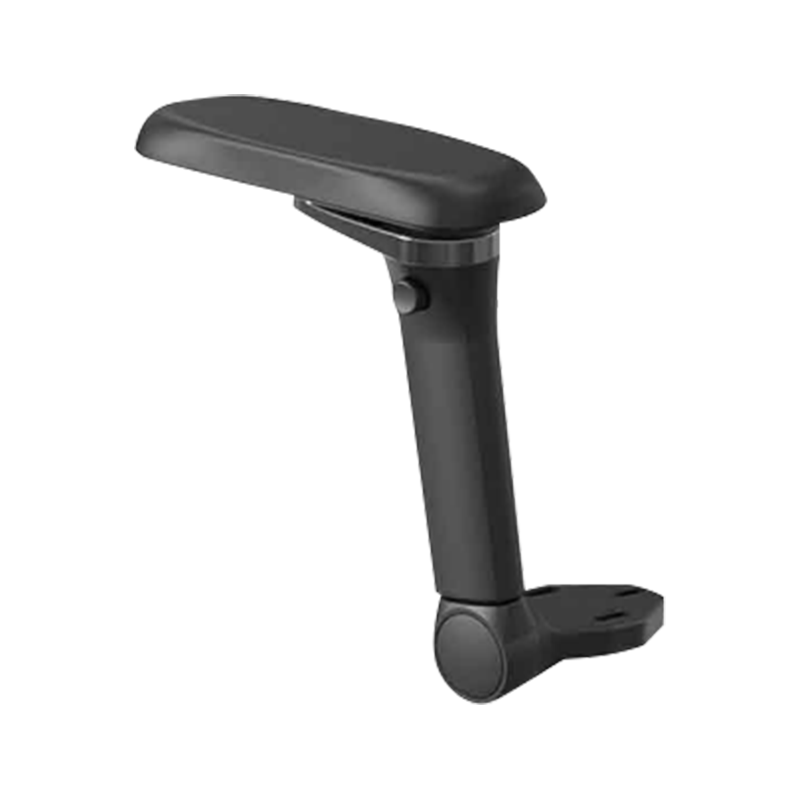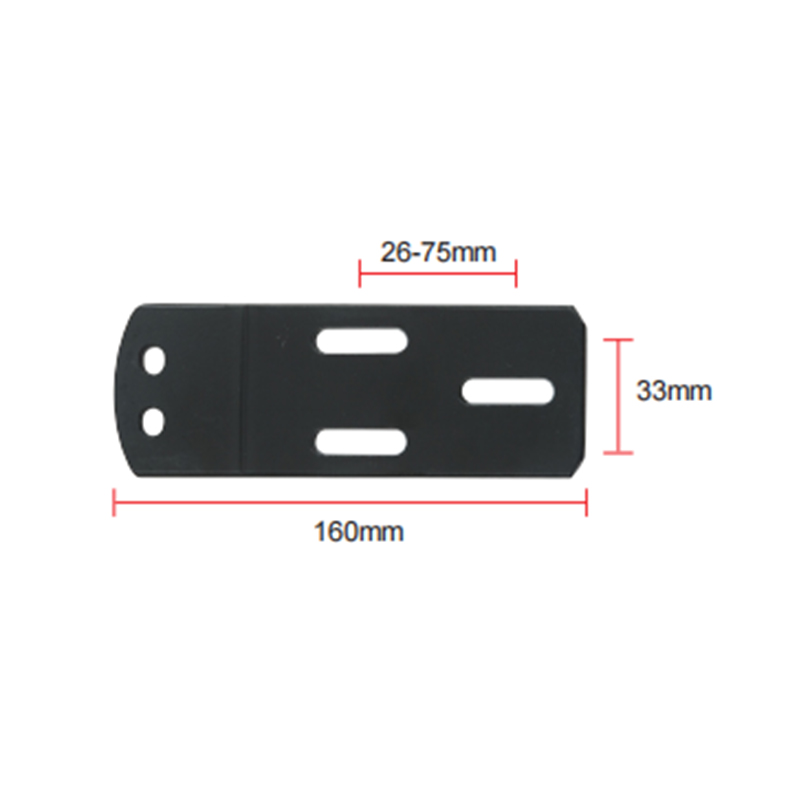Web Menu
Product Search
Why 360-Degree Adjustable Armrests Are the Future of Ergonomic Seating
The Rise of Fully Adjustable Office Chairs
As remote work becomes permanent for many professionals, the demand for advanced ergonomic seating solutions has skyrocketed. Among these innovations, chairs with 360 degree adjustable functional chairs armrests have emerged as a game-changer for posture support and customizable comfort.
1.1 What Makes 360-Degree Adjustment Special
Unlike traditional armrests that only move up and down, fully rotational armrests provide unprecedented flexibility. This multidirectional movement allows users to position their arms in the most natural position for typing, writing, or even using mobile devices while seated. The circular motion range helps reduce shoulder strain that often comes with static arm positions.
1.2 Health Benefits Backed by Research
Recent studies from occupational health organizations show that workers using chairs with multi-directional armrest adjustments report 42% less upper body fatigue compared to those with fixed armrests. The ability to frequently change arm positions throughout the workday prevents the stiffness and tension that leads to repetitive stress injuries.
Finding the Perfect Adjustable Chair for Your Needs
2.1 Key Features to Look For
When searching for chairs with fully rotatable arm support systems, these are the essential specifications to consider:
| Feature | Minimum Requirement | Ideal Specification |
|---|---|---|
| Rotation Range | 270 degrees | Full 360 degrees |
| Height Adjustment | 2 inches | 4 inches or more |
| Material Padding | Basic foam | Memory foam with breathable cover |
| Locking Positions | 3 positions | 5+ positions with friction control |
2.2 Comparing Adjustment Mechanisms
The market offers different technical approaches to achieving armrest flexibility. Some models use ball-joint systems that allow fluid movement in all directions, while others feature segmented articulation with defined pivot points. Ball-joint systems typically offer smoother circular motion arm support but may lack precise positioning control that some users prefer for specific tasks.
Solving Common Workplace Discomforts
3.1 Addressing Shoulder and Neck Pain
Traditional office chairs often force users into unnatural positions that strain the trapezius muscles. With omni-directional armrest functionality, workers can position their arms to maintain the recommended 90-degree elbow angle regardless of whether they're typing, using a mouse, or reading documents. This adaptability is particularly beneficial for:
- People who switch between multiple devices throughout the day
- Users with existing shoulder or neck conditions
- Those who frequently take video calls in different seating positions
3.2 Enhancing Productivity Through Movement
Contrary to popular belief, constant small movements while seated can actually improve focus and circulation. Chairs featuring rotating armrests for dynamic sitting encourage these beneficial micro-adjustments without disrupting workflow. Research indicates that users of such chairs demonstrate:
- 18% longer sustained concentration periods
- 23% fewer posture-related breaks needed
- 31% improvement in task-switching efficiency
Implementation in Various Work Environments
4.1 Home Office Applications
The versatility of 360-degree adjustable armrests makes them particularly valuable in home settings where one chair might serve multiple purposes throughout the day. From working at a desk to relaxing with a tablet, the seamless transitions between positions eliminate the need for constant chair adjustments or compromising on ergonomics.
4.2 Specialized Professional Uses
Certain professions benefit exceptionally from this technology. Graphic designers, for instance, can position their arms optimally for both keyboard work and drawing tablet use. Medical professionals who alternate between computer documentation and patient examinations find the flexibility reduces occupational strain during long shifts.
Future Developments in Armrest Technology
5.1 Smart Adjustment Systems
The next generation of adjustable armrests may incorporate pressure sensors and AI to automatically suggest optimal positions based on the user's activities. Early prototypes can detect when a user is typing versus reading and adjust the armrest height and angle accordingly, taking the concept of 360 degree adjustable functional chairs armrests to new levels of intelligence.
5.2 Integration with Other Ergonomic Features
Future designs will likely combine rotational armrests with synchronized seat and backrest adjustments. Imagine a chair that coordinates all its components to maintain perfect ergonomic alignment as you change positions throughout the workday. This holistic approach promises to revolutionize how we think about seated comfort and health.
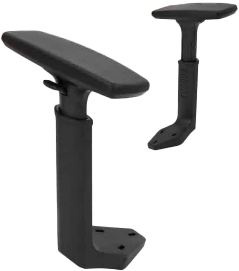
 Feel free to contact us
Feel free to contact us
- Product Fast Links
- Office Chair Armrest
- Hardware Steel Plate
- Polyurethane PU Surface
- Casters
- Contact Information
- Tangpu Industrial Park, Anji County, Huzhou City, Zhejiang Province, China
- [email protected]
- +86-13567973388



 English
English  Español
Español  عربى
عربى 



